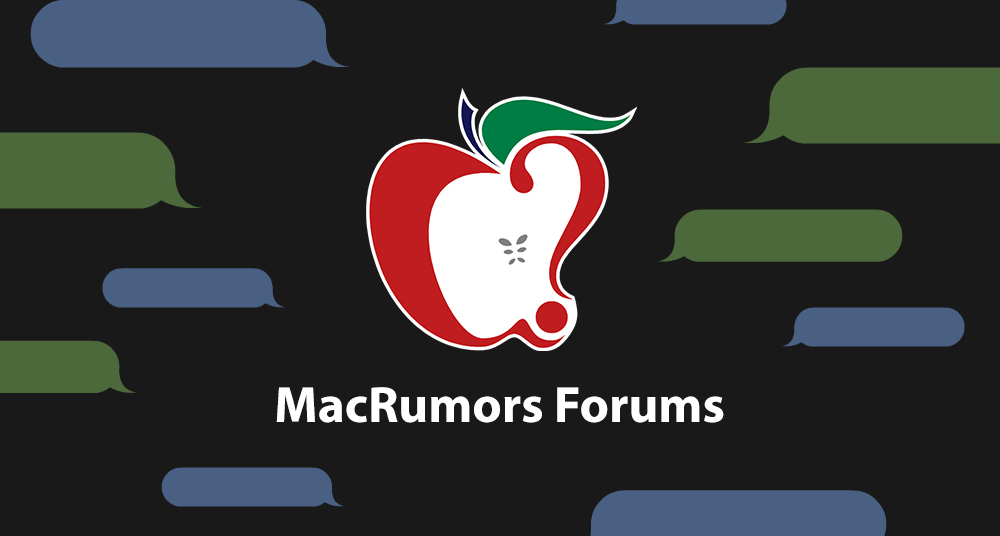If can decrypt one file in your cloud storage, they can decrypt ALL files. Stop saying they will only access “flagged” images. It never stops there and will only be expanded the longer it’s allowed to be in use!
With all due respect, you clearly don't really understand how advanced cryptographic technology works. The system is very clearly designed to only allow the flagged images to be decrypted, since they have security vouchers added at the iOS level before they're even uploaded.
To put it in basic terms, if your iPhone flags an image as matching a known image from the CSAM database, it will be encrypted with an additional key that will allow Apple to decrypt it. However, it's even more complicated than this, since Apple is using a well-known cryptographic technique known as Threshold Secret Sharing that splits up the key in such a way that it can't be used to decrypt any of the images until a certain threshold has been reached. In a nutshell, it's like each image getting 1/100th of the key — until all 100 images have been flagged and encrypted, you don't have the entire key. That's a massively oversimplified example, of course.
In other words, Apple won't even be able to look at any flagged images until enough of them have been flagged.
I’m reminded of RICO laws and how they’ve been morphed into our current civil asset forfeiture laws… what started as “great intentions” for the “greater good” of society, to “disrupt criminal gangs and cartels” is now used by local law enforcement to seize cash at the side of the road under the auspices of “crime eradication”
To be clear, I don't disagree that there's a slippery slope here in other ways. However, it's not based on how the system is designed in terms of encryption. When and if Apple enables full end-to-end encryption in iCloud Photos, it will likely be done in such a way that Apple won't have easy access to your photos — although it could still end up having a loophole like Messages in the Cloud, where the E2E encryption key is stored in your iCloud Backup for recovery purposes. However, that hole can easily be closed by not backing up your devices to iCloud, in which case Apple won't have the key at all.
The real danger, however, is that the entire system is based on matching images from a known database. Right now, that's a database of child abuse imagery. Tomorrow that could be a database of photos of "unlawful" protestors, dissidents, or just about anything else that the government might want access to. The system, as designed, is neutral in its approach — if the hash of an image matches the database, it gets flagged. It's what gets put into that database that controls what Apple is looking for.
We can only hope that Apple will have the guts to stand up to any authoritarian governments who would misuse this. Or even to US law enforcement officials. So far, it has a pretty good track record for that, so I'm not nearly as worried about it as some are. Plus, the database in question comes from the National Center for Missing and Exploited Children (NCMEC), which is focused exclusively on dealing with child abuse. I'd be much more concerned if it were being driven directly by the FBI or DoJ, which could of course choose to populate it with other images of things they might be looking for.


